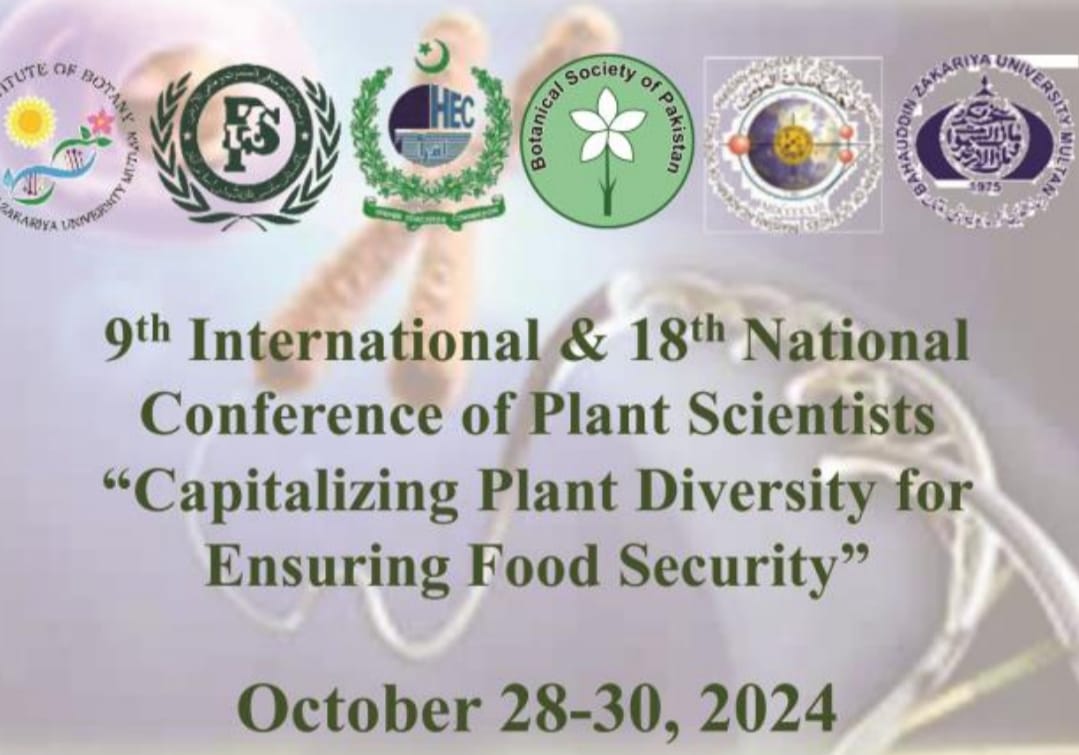
PJB-2009-295
A VIABLE ALTERNATIVE MECHANISM IN ADAPTING THE PLANTS TO HEAVY METAL ENVIRONMENT
RAFIA AZMAT1*, SABA HAIDER2, HAJRA NASREEN2, FARHA AZIZ3 AND MARINA RIAZ1
Abstract
This study was undertaken to test the hypothesis that variations in leaf anatomy and morphology reflect their adaptability to the environmental stress. A self defense mechanism system related with the trichomes on the surface of leaves for the detoxification of Pb was observed in Phaseolus mungo and Lens culinaris through light microscopy in leaves. The presence of trichomes and increase in number of stomata in the adaxial (upper) leaf surface of both species seems to constitute an important morphological mechanism for survival that allows this species to maintain good photosystem II efficiency during the stress. Foliar morphological variability in Phaseolus mungo and Lens culinaris may be considered an adaptive advantage that enables leaves to develop and function in habitats marked by strong variations of Pb toxicity with solar radiation, air temperature and humidity. These hairs may constitute a shield against Pb pollution and act as a physical barrier for the protection of plants and can act as a biomonitor of environmental contamination and biogeochemical indicator of Pb. Enhancement in the hairs on leaves at high dose of Pb may be related with reducing evaporation of water from the surface of leaves in stress condition. The protection provided by the trichomes could afford advantages under stress conditions, especially during leaf development. The importance of the increase in the number of stomata in relation with the absorption of CO2 with increase in CK enzymatic activity, creatine, glucose and reducing sugars (p<.001) for both species under the metal stress were examined.
To Cite this article:


